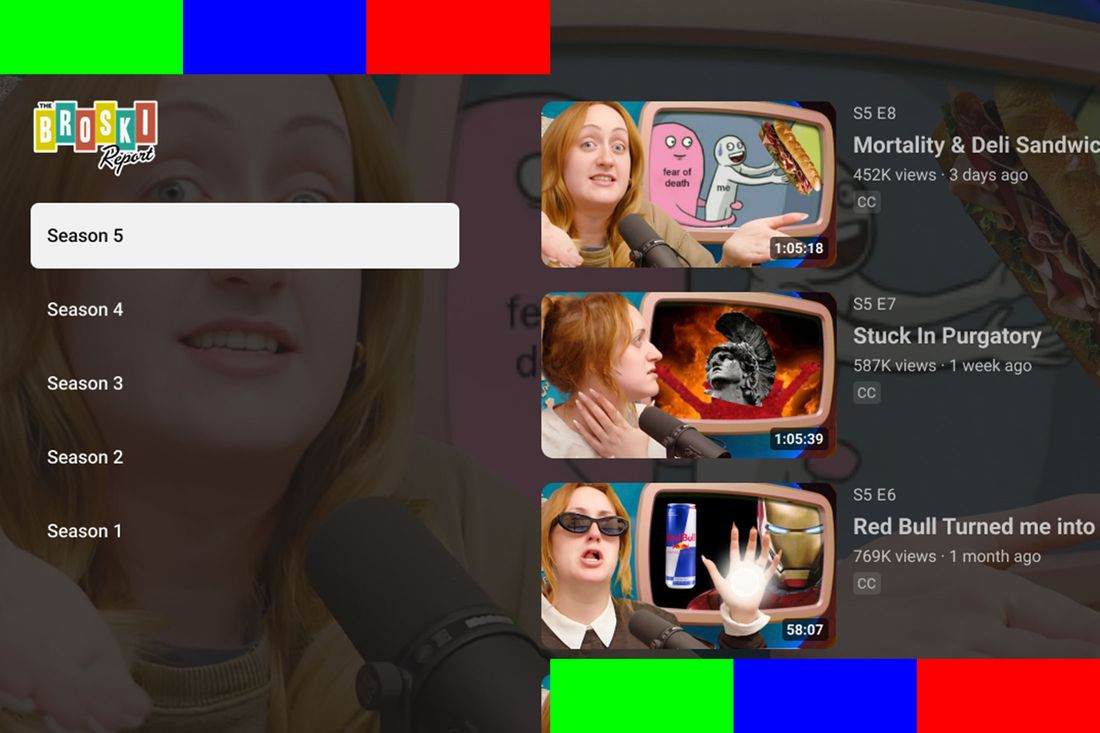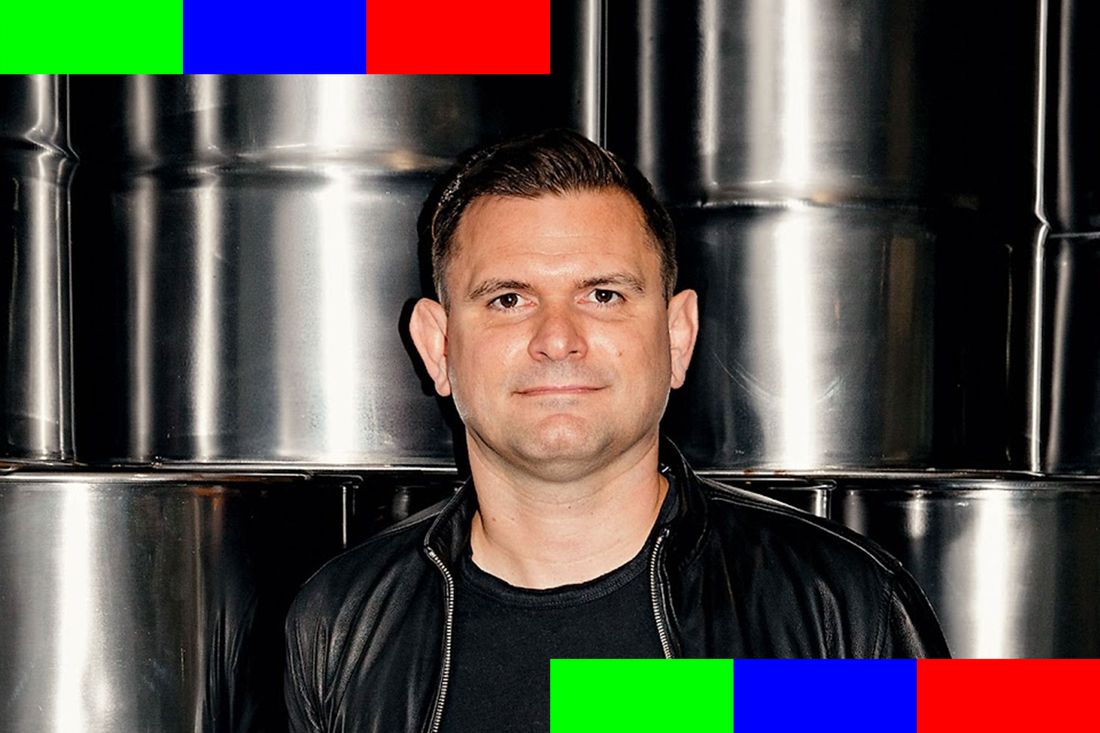
This week, Nielsen shared their findings on the TV viewing market leaders in the U.S., and once again, one company stood head and shoulders above its competitors: YouTube. For four months straight now, Google’s video-streaming service has been used more for television than any other platform or media giant, garnering an impressive 12.5% of all big screen viewing. Although YouTube is not a newcomer at 20 years old, its transformation from mobile pastime to a contender challenging Netflix and CBS for primetime viewers is a relatively recent development. However, this growth wasn’t by chance.
For over a decade, the streaming service has been subtly nudging its users to adapt to the notion that navigating YouTube is just as logical on a large, 4K television as it is on portable devices or desktop computers. The platform ensured its application was compatible with nearly every type of TV operating system and streaming device, even as Google, its parent company, developed set-top boxes and televisions prioritizing YouTube. It went so far as investing hundreds of millions into becoming one of the nation’s leading cable TV distributors, anticipating that this investment would provide valuable insights into modern television viewing habits and secure a foothold on larger screens.
The driving force behind YouTube’s mission to compete with traditional TV is Christian Oestlien, the Vice President of Product who manages the app ecosystems for both YouTube and YouTube TV. In a recent interview (conducted as part of our report this month on how YouTube has emerged as a strong contender in the streaming market), we spoke with Oestlien about the genesis of YouTube’s focus on what he refers to as “the home entertainment experience.” He further elaborated on how YouTube TV served as a testing ground for the main YouTube platform, the need to incorporate high-quality video content from providers such as HBO and Paramount, and why viewing YouTube on TV will soon offer a more Netflix-like browsing experience.
Speaking of milestones, when did YouTube begin its journey from being a platform primarily for small screens to becoming an enjoyable experience on larger screens? Well, it’s been around 15 years since they embarked on this ‘living-room project’, transforming YouTube for TVs. This shift has been a gradual process that mirrors the rise of smart TVs in households and their advancements in technology. Our main focus has been to collaborate closely with manufacturers like Samsung, LG, Roku, Amazon, Android TV, and Google TV, ensuring our service performs optimally on these devices. In the mobile realm, you develop one app for iOS and another for Android. The same principle applies here, but we’re catering to a broader range of devices now.

To ensure consistency across various types of connected TV devices, our goal from the outset was to create an app that functions seamlessly on all these platforms. Rather than developing separate apps for Apple TVs and Rokus, we strive to build a universal app that adapts to different experiences. This approach necessitates extensive collaboration with our partners to ensure that our app continues to work smoothly as their hardware evolves. By sharing our development roadmap with them, we aim to maintain consistency across all televisions, providing peace of mind for consumers who can rely on the fact that YouTube will function in the same way regardless of which TV they purchase next.
Our aim has been to emphasize content that thrives in living room settings as our creators grow more complex. Many of them are now producing work with an episodic structure and compelling storytelling that keeps audiences hooked for years. In response, we’re developing a feature that allows creators to arrange their content based on show structure, including seasons and episodes. We excel at understanding how our users interact with our service to suggest the next video they might enjoy. As our creators craft these captivating shows, we want to ensure that when you complete one episode, transitioning seamlessly into the next one is a smooth and elegant experience.
In recent years, you’ve diversified the content offered on YouTube by including a variety of options such as NFL Sunday Ticket, Max, and more. This means users can now watch shows like The Gilded Age, MrBeast, Pop the Balloon, and podcasts all in one place on their TVs. Additionally, we’ve been focusing on video podcasts to enhance viewing experiences on traditional television sets. In essence, we aim to create an app that seamlessly integrates with various devices and delivers a unique blend of content from our creator community, music, podcasts, traditional media, and sports, all under one roof.
In recent years, YouTube’s share of viewing time on TV sets has significantly increased. Does this growth coincide with the changes you’ve implemented?
Absolutely! It’s quite intriguing because YouTube initially offered a distinct yet compatible experience to traditional television. Over time, it seems that YouTube has transitioned into the future of television in various aspects. The changes I discussed have positioned us so that the YouTube app on televisions is currently expanding at an unprecedented rate. This development has enabled us, primarily in the U.S., to take the lead as the most-used streaming app for the past two years. Moreover, in the last few months, we’ve even surpassed all media in terms of overall watch time on TV screens.
10 years ago, as cord-cutting was gaining momentum, we started exploring how YouTube could reinvent traditional TV. Consumers were passionate about linear TV content, particularly live sports and news, but they disliked the old-fashioned delivery methods. They didn’t appreciate long-term contracts, renting hardware, or DVR fees. We believed that by offering this content in a contemporary app-based experience, we could revitalize it for consumers who had moved away from it due to these issues. This is why we ventured into the linear-TV business despite its decline at the time.
Have you picked up any insights from YouTube TV that have influenced the development of the main YouTube TV experience?
We’ve gained valuable knowledge in this area. Primarily, YouTube TV has served as a fantastic platform for us to refine the viewing experience. We spend considerable time interacting with our customers, who graciously allow our research teams into their homes. By observing how they consume traditional content, we’ve noticed that many enthusiasts of TV, live sports, and news often have setups where they simultaneously use multiple iPads or tablets alongside their large screen TV. They manage various streams across these devices.
I had numerous conversations with my engineers regarding this topic, and one innovative idea that emerged was the concept of multiview. Although it has been around previously, its implementation depended on the capabilities of your hardware. We pondered, “What if we could create a multiview experience that allows simultaneous viewing of multiple channels, yet maintains the same user-friendly approach as our apps since their inception? Our goal is to ensure this feature is universally accessible across various devices.
Now, Multiview is an essential aspect of how YouTube TV users interact with the platform. We applied this insight when we introduced Multiview to the standard YouTube app during Coachella, allowing viewers to simultaneously watch different stages. This underscores that people still value traditional programming but prefer a contemporary viewing experience.
We’ve given a lot of thought to catering to older viewers who are accustomed to traditional TV experiences. With our Primetime Channels business, which offers an extensive library of free movies and shows, we’re making efforts to make these subscriptions easily accessible, highly discoverable, and always readily available for those who want to watch a free movie on a Friday night.
Developing YouTube’s product involves ensuring harmony among three key elements: offering personalized recommendations, guaranteeing swift search results leading you to content you value, and consistently directing users to sections within the app that cater to their specific interests, such as music, movies or shows, gaming, or other content. Our aim is to continuously improve this experience by making it smooth and cohesive for our users.
To clarify, we’re aiming to create an experience that resembles YouTube tailored for home TVs. Yet, it should retain the essence of community interaction, such as viewing and responding to comments, discovering creators or watching them, and potentially engaging in commerce or shopping, much like you find on mobile devices.

This year, our TV app for YouTube’s main platform will undergo significant changes as announced by CEO Neal Mohan. In addition to organizing titles by seasons and episodes, you can expect a more immersive experience with shows, featuring both creator and traditional content side by side. The user interface (UI) for watching videos on the big screen will also be improved, making it easier to access fast-forward, pause, or rewind functions, as well as offering a sleeker design and additional features for a deeper viewing experience. These changes in the watch player, show introduction, episodic organization, and discovery platform will continue to develop throughout the rest of the year.
Are you asking about how YouTube is revolutionizing the concept of television? To clarify, YouTube is not just a platform for user-generated content anymore. It’s evolving to become a one-stop destination for various video content, including sports (like Sunday Ticket), streaming services (such as Paramount+ or Max), podcasts, music, creator content, and news. Essentially, YouTube is transforming into a comprehensive media platform where users can access their preferred content all in one place. We envision this evolution to also include the communal experience of watching something on a larger screen, just like traditional television offers.
Read More
- 50 Ankle Break & Score Sound ID Codes for Basketball Zero
- Who Is Harley Wallace? The Heartbreaking Truth Behind Bring Her Back’s Dedication
- 50 Goal Sound ID Codes for Blue Lock Rivals
- How to play Delta Force Black Hawk Down campaign solo. Single player Explained
- Mirren Star Legends Tier List [Global Release] (May 2025)
- Elden Ring Nightreign Enhanced Boss Arrives in Surprise Update
- Pacers vs. Thunder Game 7 Results According to NBA 2K25
- Jeremy Allen White Could Break 6-Year Oscars Streak With Bruce Springsteen Role
- KPop Demon Hunters: Real Ages Revealed?!
- League of Legends MSI 2025: Full schedule, qualified teams & more
2025-06-30 20:54